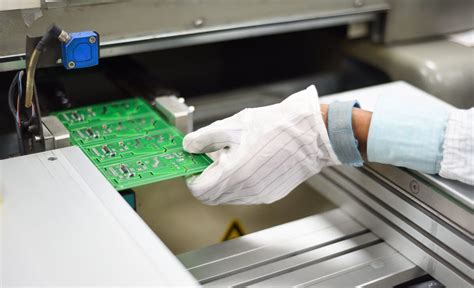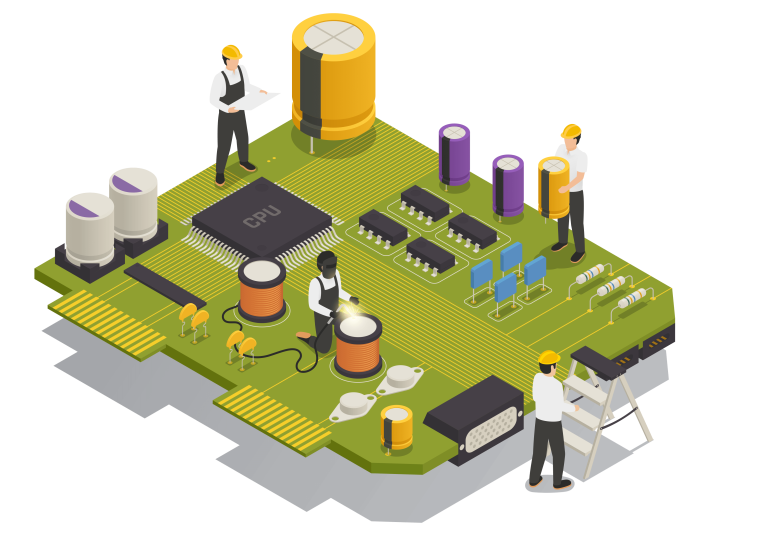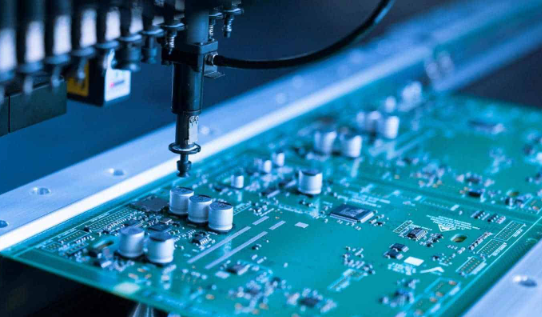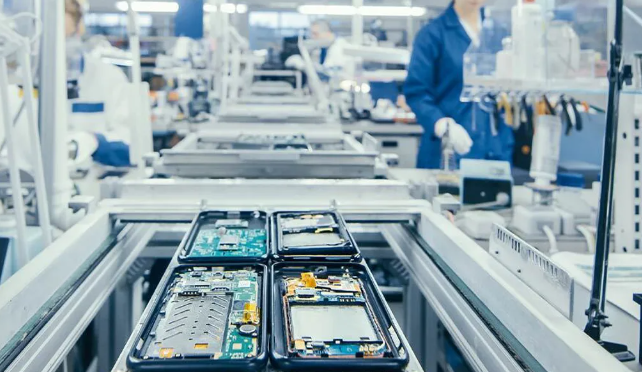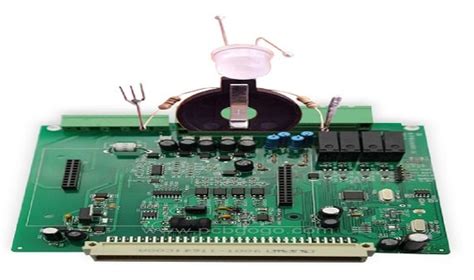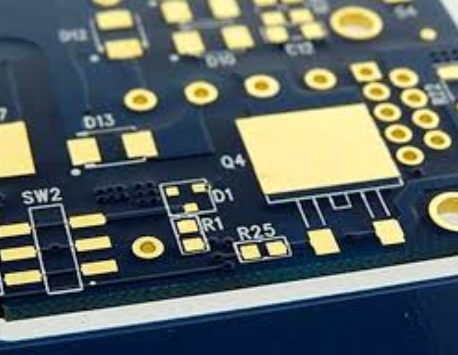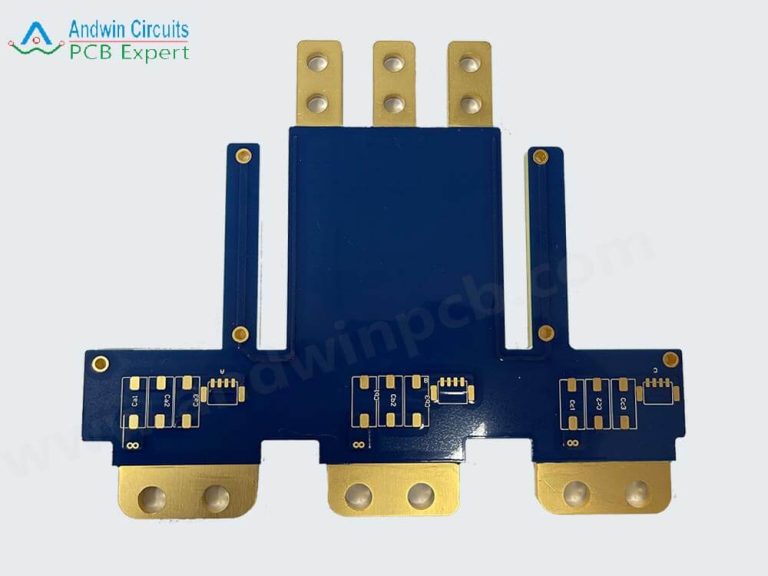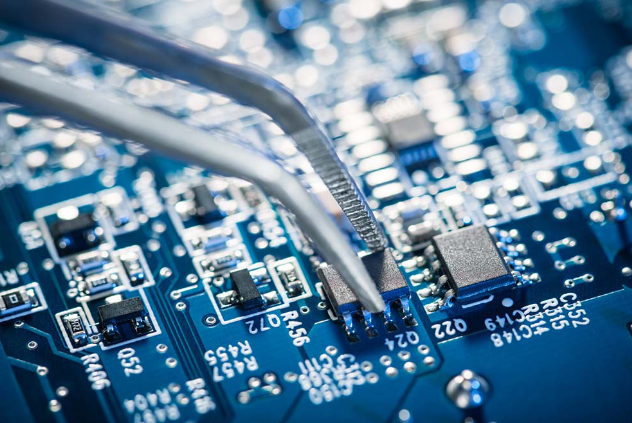Expose copper flex pcb
Advantages Of Using Expose Copper Flex PCB In Modern Electronics Expose copper flex PCBs, or flexible printed circuit boards, have become increasingly integral in the realm of modern electronics. These advanced components offer a multitude of advantages that cater to the evolving demands of contemporary electronic devices. One of the primary benefits of expose copper…


